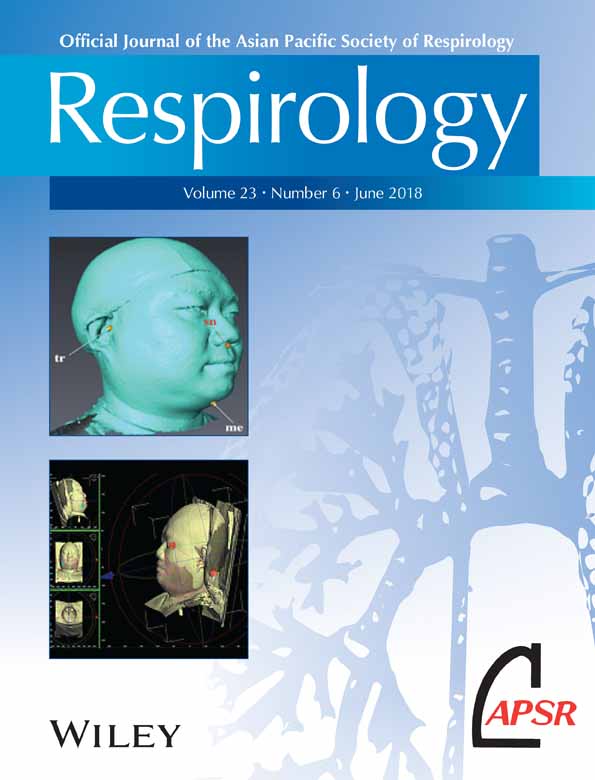Success rate of medical thoracoscopy and talc pleurodesis in malignant pleurisy: A single-centre experience
ABSTRACT
Background and objective
Malignant pleurisy is associated with advanced oncological disease and dyspnoea is the most common presenting symptom. Pleurodesis is the preferred palliative and supportive treatment option, targeting symptom relief. The identification of clinical and endoscopic features that determine the success of talc pleurodesis in malignant pleurisy could guide clinical decision-making.
Methods
All symptomatic patients with malignant pleurisy subjected to talc pleurodesis through medical thoracoscopy between January 2012 and December 2015 were included. Univariate and multivariate analyses were performed to identify factors associated with successful pleurodesis.
Results
Of the 155 patients, 122 (78%) were classified as having a successful pleurodesis based on clinical and radiological criteria. Factors associated with unsuccessful pleurodesis (univariate analysis) were the presence of pleural adhesions (odds ratio (OR): 0.43 (95% CI: 0.19–0.96); P = 0.04), extensive spread of pleural lesions (OR: 0.17 (95% CI: 0.05–0.59); P = 0.001), the use of systemic corticosteroids (OR: 0.28 (95% CI: 0.10–0.83); P = 0.02) and a prolonged time period between the clinical diagnosis of the pleural effusion and the moment of pleurodesis (OR: 0.14 (95% CI: 0.06–0.32); P < 0.0001). The latter being associated with failure of pleurodesis in a multivariate analysis (OR: 0.08 (95% CI: 0.01–0.25); P < 0.0001). Chest ultrasound prior to pleurodesis showed a sensitivity of 91% and a specificity of 88% in predicting the success of pleurodesis.
Conclusion
The success rate of pleurodesis in malignant pleurisy could potentially be enhanced by correct patient selection and early referral for pleurodesis. Ultrasonic assessment of pleural adhesions and potential lung expansion prior to pleurodesis is useful in clinical decision-making.




